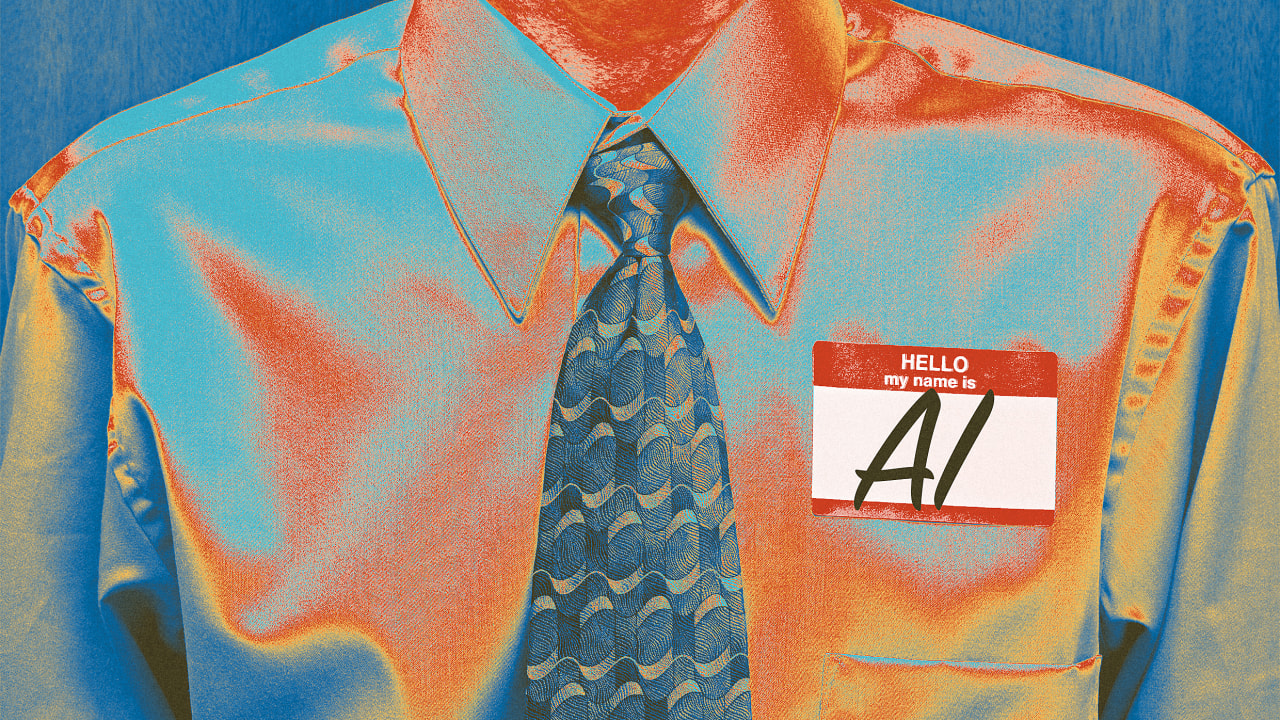Hidden Damage After a Crash: What Most People Don’t Notice

It’s easy to spot a dent or a broken headlight after an accident. But not every problem shows up right away. Many issues stay out of sight. They can sit under the surface and slowly get worse.
Drivers often take their car to a collision center in Independence, get the outside fixed, and drive off. But the job might not be done.
Here’s what usually gets missed—and why it matters.
Frame Damage That Hides Beneath
Even small crashes can twist the car’s frame. If the frame isn’t straight, the car won’t be either. It may lean, shake, or pull to one side.
Shops use machines to measure the frame. But not all shops do this. If skipped, the car’s balance and safety drop. Over time, tires wear unevenly. Brakes don’t hit evenly. A future crash could cause worse harm.
Misaligned Suspension
The suspension system helps your car ride smooth. It also keeps the wheels tight on the road.
A crash might knock a piece out of place. But if the ride still feels okay, it gets ignored. Months later, the steering starts to feel loose. Or worse—braking feels off.
Look for uneven tire wear, strange sounds, or a tilted stance. These are early signs.
Hidden Cracks in the Bumper Support
The bumper you see is just plastic. The part that saves lives sits behind it. It’s a bar that takes the hit and spreads the force.
This part can crack or bend without any sign on the outside. If it’s damaged, the next bump won’t be absorbed.
Shops that only fix the cover and paint may skip the support. Always ask if they check underneath.
Trunk and Hood Alignment
It might look like the trunk or hood closes fine. But check closely. If the gaps look wider on one side, something’s off.
Bad alignment here means the impact shifted the metal underneath. That could also point to a bent frame.
It may seem small. But poor alignment can cause leaks and noise. And it tells a bigger story about how deep the damage goes.
Electrical Problems That Show Up Later
Wires run all through a car’s body. A crash might pinch or cut a wire deep inside a panel. At first, lights and sensors may still work. But after a few weeks, odd things begin to happen.
The battery drains faster. The radio cuts out. The backup camera goes blank.
Shops that don’t run a full scan won’t catch these issues. But tech checks can spot bad wiring before it causes trouble.
Damaged Sensors and Safety Systems
New cars use sensors for lane assist, auto-braking, and alerts. They sit behind bumpers, mirrors, and grills.
A small bump can throw them off. If they don’t point the right way, the system fails. The car may not warn of danger.
Many drivers don’t know they’ve stopped working. These sensors must be recalibrated. But not all shops have the tools.
Fluid Leaks That Start Slow
A crash might loosen a hose or crack a seal. But leaks don’t always start right away.
Transmission fluid, coolant, or oil could drip days later. If unnoticed, the engine or gearbox could take heavy damage.
Look for spots under the car. Watch for rising engine temps or odd smells. These are warning signs.
Steering Column and Wheel Problems
If the steering wheel feels off-center, there’s more to check. A crash can push the steering shaft or break small parts inside the column.
Even if the wheel turns fine, there might be a delay or uneven motion. This can grow worse over time and turn into a safety risk.
Steering should always feel direct and smooth. If not, something’s not right.
Door Seals and Water Leaks
Doors may still close, but not as tight. Even a small shift can weaken the seal.
Rainwater can seep in and soak the carpets. That leads to smells, mold, and rust. Drivers might not see the problem for weeks.
A test with a pressure washer can show if the seals still hold. Most quick repairs skip this step.
Glass Weakness from Impact
Windows may not break during the crash. But they can still take stress. Hairline cracks or pressure points may form.
Later, those cracks spread without warning. A bump in the road or a change in temp is all it takes.
Shops should inspect all glass closely—not just the windshield.
Why Full Checks Matter
Surface repairs often hide deeper issues. Shops focused on quick jobs may only patch what’s visible. That leaves drivers with problems they don’t see—until it’s too late.
A full inspection should include:
-
Frame scan
-
Suspension and steering test
-
Sensor recalibration
-
Wiring and electronics check
-
Leak detection
-
Door and trunk alignment
It’s not about over-fixing. It’s about safety, value, and peace of mind.
What Trusted Repair Should Look Like
Drivers near Missouri often search for collision repair in Independence, Missouri and hope for a quick fix. But real repairs go deeper.
Auto Beauty Center brings 25 years of body repair experience to every job. The team doesn’t just patch dents—they search for what can’t be seen. Their trained staff checks frames, sensors, and all body systems.
They use advanced tools and OEM-approved methods. Nothing gets rushed. Every vehicle is fully checked before it leaves. Their honest work and attention to detail have made them a trusted name across Independence.
To speak with their team, call (816) 252-1978. They’ll answer every question and explain the work clearly.
Final Thoughts
Hidden damage can show up weeks or months after a crash. Small signs often point to bigger issues inside the car’s body.
Every car should get a full check—not just a fresh coat of paint. That’s what keeps it safe and running strong for years to come.



































































![https //g.co/recover for help [1-866-719-1006]](https://newsquo.com/uploads/images/202506/image_430x256_684949454da3e.jpg)

























![[PATREON EXCLUSIVE] The Power of No: How to Say It, Mean It, and Lead with It](https://tpgblog.com/wp-content/uploads/2025/06/just-say-no.jpg?#)



















































